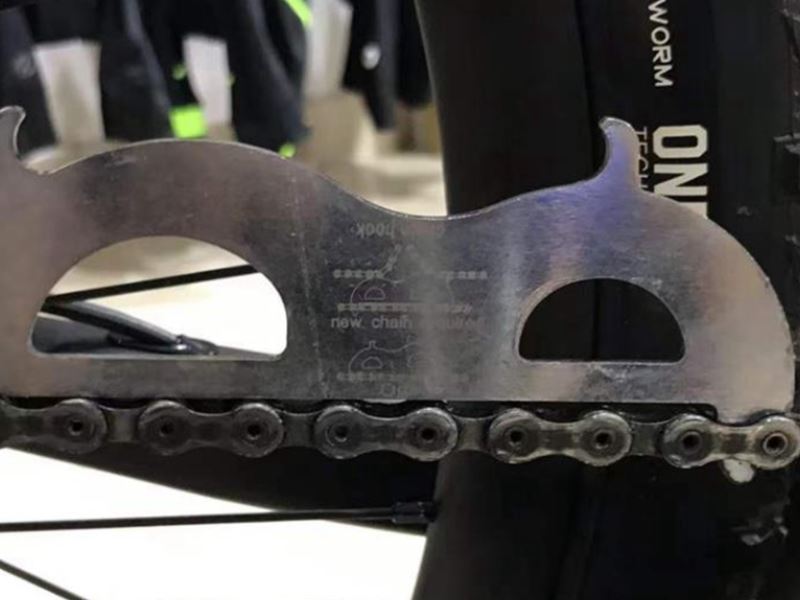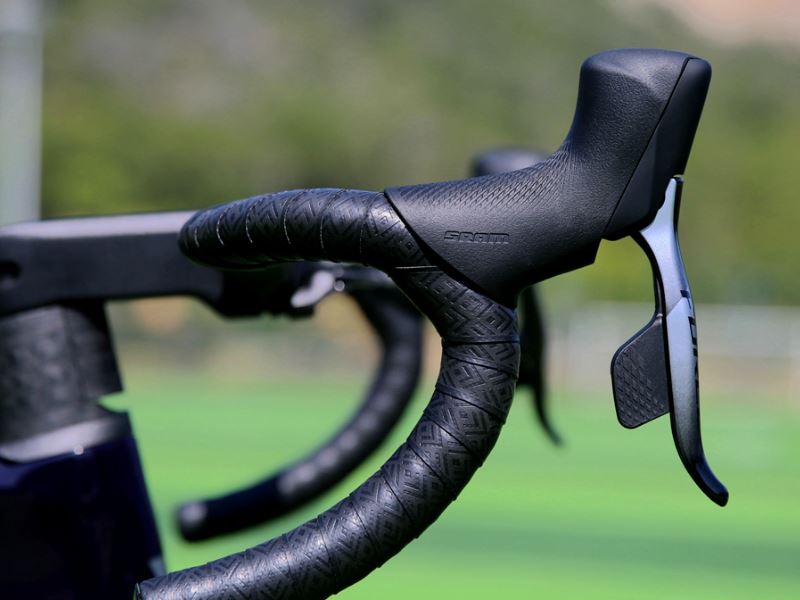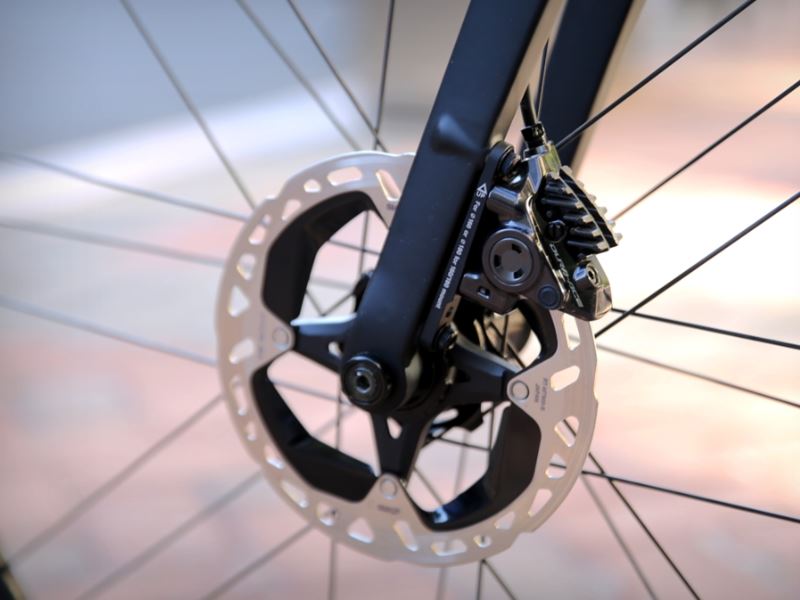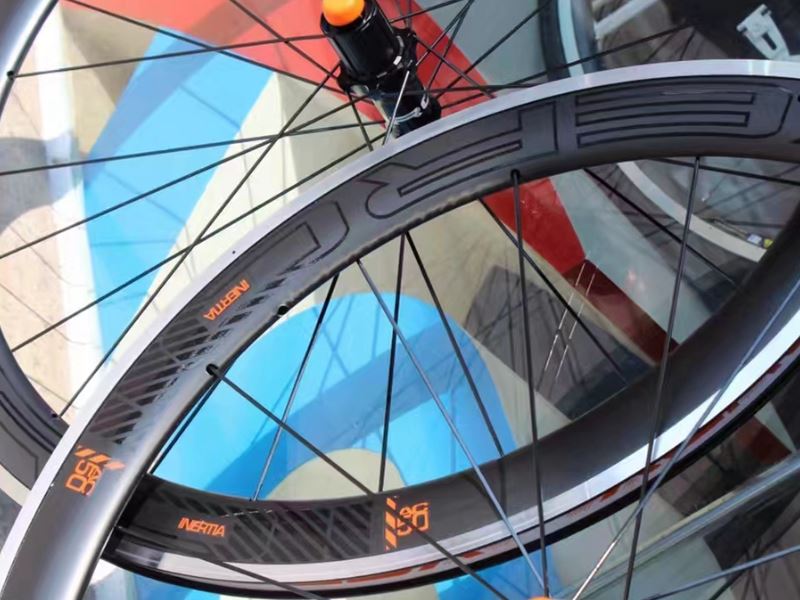by Tiffanybikes
Share
by Tiffanybikes
Share
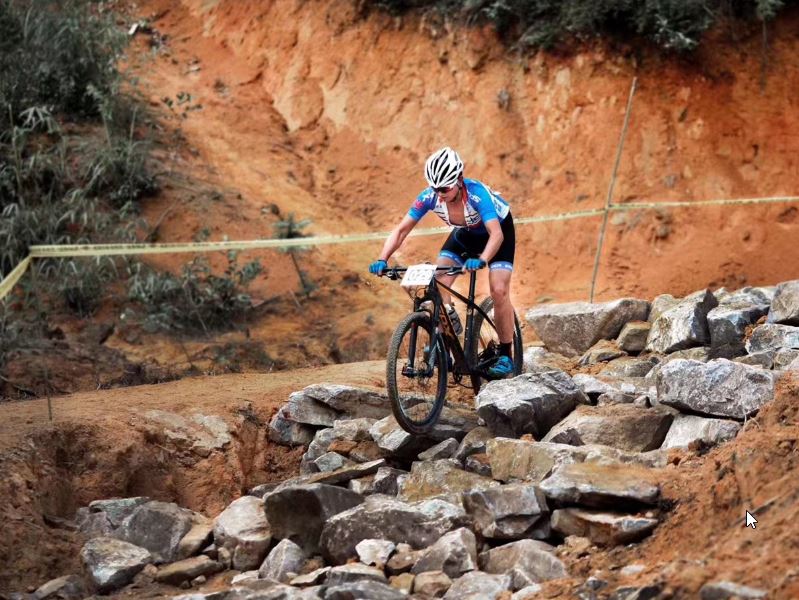
Today, most mountain bikes on the market are equipped with front fork shock absorbers, and even many gravel bikes are equipped with micro-travel shock absorbers in order to cope with more complex road conditions. There is enough suspension travel on a bicycle to measure the bumps that the bicycle can absorb, so what kind of suspension forks are usually on the market?
Mountain bike suspension travel range: 80mm-200mm
Usually, we call the stroke below 120mm short stroke, which can provide all-round riding performance, suitable for relatively stable off-road routes and uphill, while the stroke of 80mm is mostly concentrated on the children bikes. The stroke of more than 120mm is called long stroke, which is more suitable for some rugged mountain riding, such as cross-country endurance racing (Enduro), downhill and so on.
Upgraded suspension travel
Many people will upgrade the front fork after purchasing the complete bike. They will look for a front fork with better performance, lighter weight and stronger strength. Then you should also pay attention to the following points when upgrading.
- Hub compatibility: Before upgrading, make sure that your front wheel is a 9mm quick release, or a 15mm or 20mm thru-axle. Be sure to determine the compatibility of the hub and the suspension front fork.
- Handling: Upgrading the front shock with different travel will change the geometry of the bike, which will affect your handling.
- Head tube: Make sure that the head tube of your frame is compatible with the vertebral tube or straight tube. Most mountain bikes on the market today use a tapered head tube, so remember to confirm the frame before upgrading. Head tube compatibility.
- Brake type: Disc brakes are already standard on mountain bikes, and the rim brake versions are only equipped with V brakes on some early mountain bikes.
Advantages of Upgrading Long Travel Suspension
- Wide Adjustment: Increased compression and rebound adjustability allow you to fine-tune the suspension to suit your weight, riding style and terrain.
- High strength: Generally speaking, large strokes are generally high-end products. High-end products have excellent technical design and structure, and can provide longer service life through regular maintenance.
- Riding texture: A larger stroke will definitely give you a better riding experience on rough roads, and the comfort will be greatly improved.
Disadvantages of large strokes
- The price of the suspension front fork with a large stroke is more expensive. This is for sure. Both technology and quality determine its more expensive price.
- The increased strength and longer stroke also means that its weight will be heavier, and the stroke tube of a large-travel mountain bike front fork will be thicker. For example, a front fork with a stroke of 80-120mm usually has an inner tube diameter of only 30-32mm; a front fork with a stroke of 120-150mm usually uses a 34mm inner tube; a front fork with a stroke of 150-180mm will use an inner tube of 35-38mm tube; and a fork with 180-200mm travel will use a 40mm inner tube, so its weight will definitely increase.
- The lengthening of the stroke will also make the front fork more sluggish, and a mountain bike with a larger stroke is not as fast as a short stroke. This is because the longer the travel, the longer it takes to compress and rebound, so on high-speed XC tracks, riders will choose a fork with a shorter travel.
Is 80mm of travel enough?
For most mountain riders, 80mm of travel is enough, it can meet your daily commuting, and it can also allow you to easily deal with most complex off-road roads. Essentially, the 80mm of fork travel helps smooth out bumps, but it’s not great for dealing with bigger impacts, as it tends to bottom out.
Summary: Choosing the right shock absorber depends on the rider’s own use. No matter which stroke you choose, it should be decided according to your riding style, and it is not necessarily the bigger the better.
The “out-of-stock tide” brought about by the epidemic has made it difficult to find a bike in the cycling circle. Even if some brands can order a bike, the delivery time varies from a few months to more than half a year. There are many bike fans who can’t wait to turn their attention to […]
Whether you’re a big cyclist or a novice cyclist, who hasn’t made some mistakes on the bike? For example, when the new bike is installed, the vehicle accessories are installed incorrectly, the equipment model is not matched when the accessories are upgraded, the fault judgment is wrong, and there is wasted effort in disassembly and […]
With the full popularity of the disc brake system for road bikes, the road bike market has completely resolved the debate between disc brakes and rim brakes. It can be said that disc brakes have completely taken over the rim brakes. But in road disc brakes, there is another debate, so is it better to […]
As the saying goes: “A good horse with a good saddle” roughly means that a road bike with superior performance should be equipped with a set of wheels with the same excellent performance. Usually a road bike can make you notice at first glance in the bike group, the first factor is the overall feeling, […]
